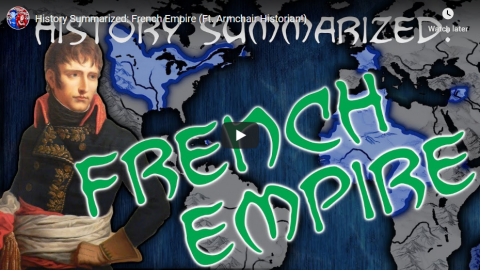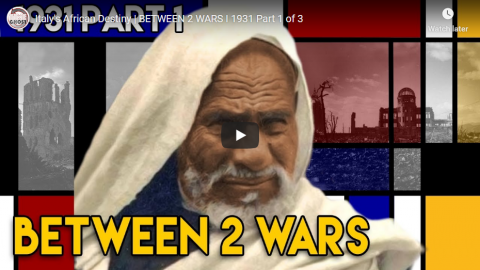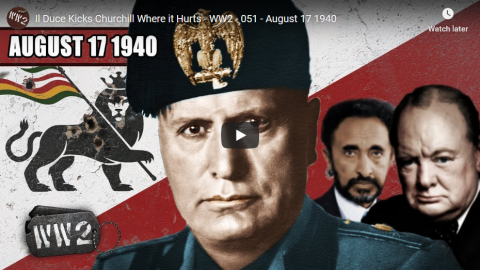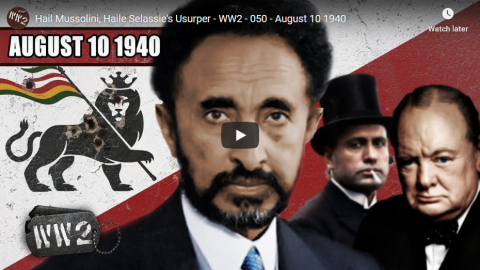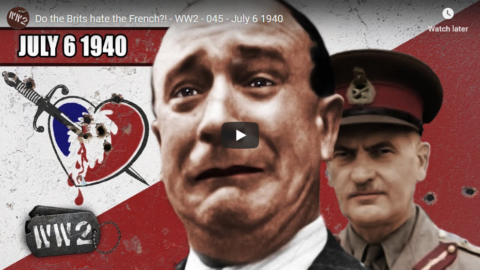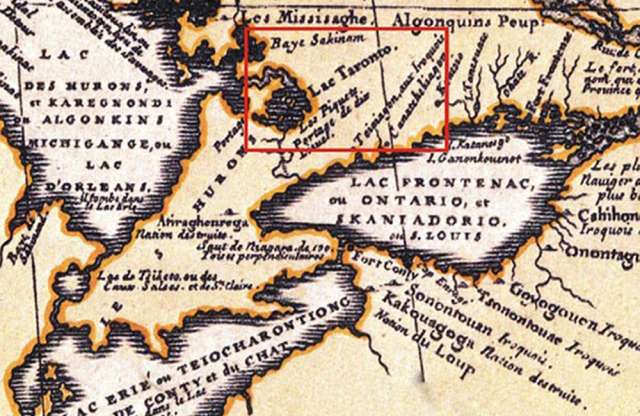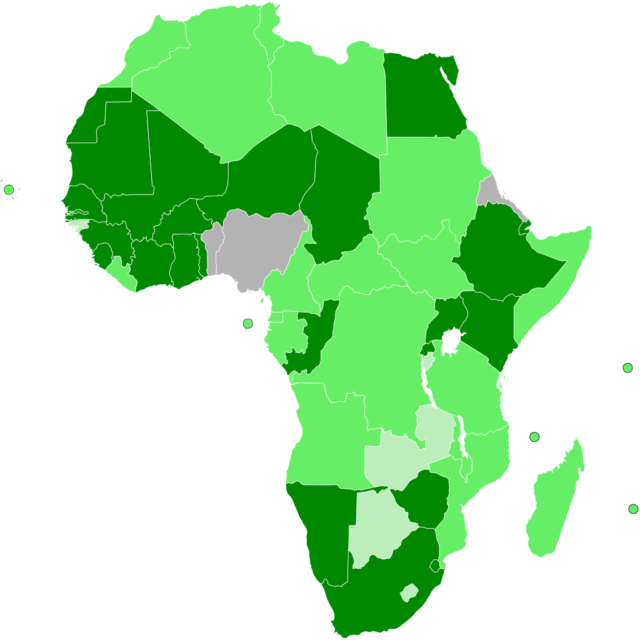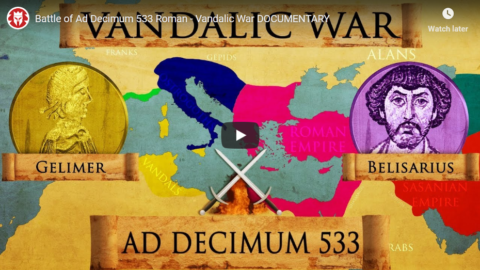Teen apocalypse prophet Greta Thunberg not only had her childhood stolen from her, now they’ve stolen her Nobel Prize:

Greta Thunberg at the EU Parliament, 16 April, 2019.
European Parliament photo via Wikimedia Commons.
It seems like Ethiopian Prime Minister Abiy Ahmed Ali stole even more of Greta Thunberg’s childhood by winning this year’s Nobel Peace Prize, beating the 16-year old Swedish Apocalyptic who seemed to have been the sentimental favourite of the international chattering classes (and the betting site Ladbrokes) for her figureheading of Climate Strikes and her recent appearance at the [United Nations] where she shouted at the adults for killing the planet. Ali was awarded the prize for ending the twenty-year conflict with the neighbouring Eritrea (once a part of Ethiopia) and the general moves to liberalise what has been a rather unappealing regime. In other words, Prime Minister Ali got his Peace Prize for actually bringing peace. Radical, eh?
Interestingly, Ali has not only done more for peace than Thunberg (it’s perhaps not a great claim to fame to have beaten a 16-year old girl, but hey, her cheerleaders in the media and elsewhere have turned her into a cross between a saint and a savant); he has also done far more for the environment. While Thunberg and millions of others wagged school and work and sat on their asses to save the Earth, Ali and millions of his compatriots got off theirs to do something quite spectacular recently:
Ethiopians planted more than 350,000,000 trees* in just 12 hours on Monday [29 July], the country’s minister of innovation and technology announced on Twitter. The mass-tree planting not only helps the environment, it sets a world record, the Associated Press reported.
Prime Minister Abiy Ahmed created the initiative to help restore Ethiopia’s landscape, which experts say is being eroded by deforestation and climate change, the AP reported.
The country’s goal was to plant 200 million trees in one day. But Getahun Mekuria, Ethiopia’s Minister of Innovation and Technology, later announced that 353,633,660 trees were planted.
Ethiopia has a larger goal of planting 4 billion trees between May and October 2019. So far, more than 2.6 billion trees have been planted in almost all parts of the country, the AP reported.
Planting trees is one of the most effective ways of removing CO2 from the atmosphere, which the trees (and all other plants) do through the process of photosynthesis as they grow. In fact, half the weight of a tree is carbon. Statistics vary between countries (and climates, soil conditions, etc), but a hectare of wood in the United States has some 118 tons of carbon, while in Europe the figure is 177 tons (density of trees can also, of course, vary widely but the plantation average is 1000-2500 per hectare). By the way, one tonne of carbon accounts for 3.67 tonnes of carbon dioxide, with oxygen being released back into the atmosphere.



